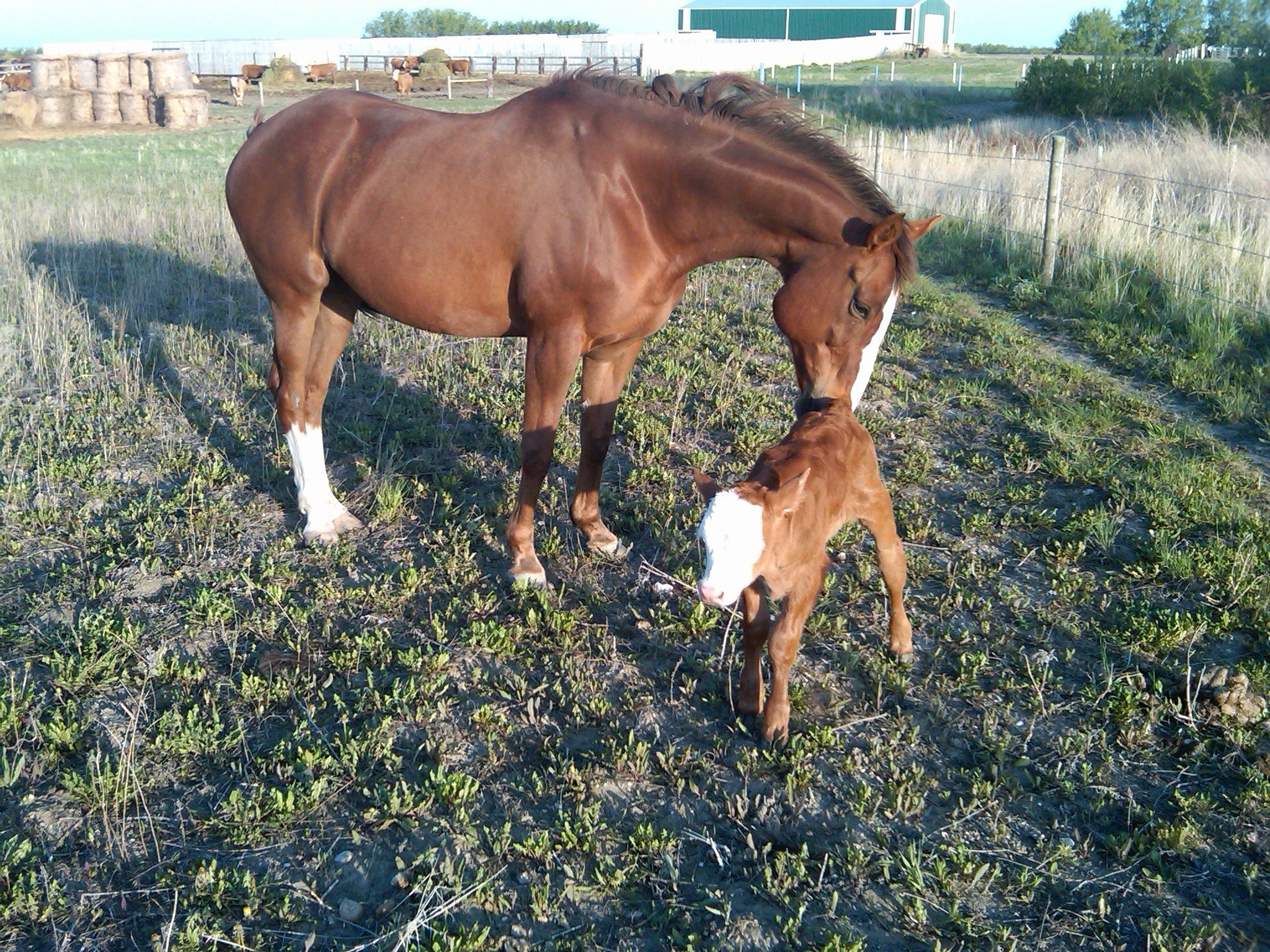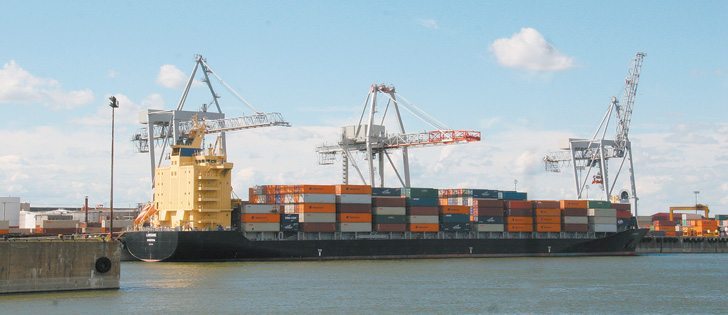There was a time when most of the debate in rural Western Canada centred on direct agriculture funding. It’s unclear whether that has quieted down because of better funding, better commodity prices, bigger farms or a combination of these.
Increasingly rearing its aging head is rural infrastructure, alongside its cousin, land use policy.
In Alberta, party leaders would do well to heed these growing concerns as they enter their campaigns. Land issues and power lines will be big debate topics in the upcoming Alberta election.
Read Also

Budget seen as fairly solid, but worrying cracks appear
The reaction from the agriculture industry to prime minister Mark Carney’s first budget handed down November 4th has been largely positive.
Governments do seem to be aware of rising needs: Saskatchewan and Alberta both allocated more direct money to municipalities in their 2012 budgets (Manitoba’s is still to come). Revenue sharing with rural municipalities rose $6 million in the Saskatchewan budget to $68.9 million.
“The big one for us is the revenue sharing,” Saskatchewan Association of Rural Municipalities president David Marit said after the budget was released.
“This money goes to municipalities without any strings attached … and how we spend that money is in the best interests of our ratepayers.”
Bob Barss, president of the Alberta Association of Municipal Districts and Counties also says provincial funding is crucial.
“Municipalities will never be able to handle the infrastructure deficit based on taxation. You’d end up taxing people right out of your community.… You got to have an infrastructure in place to allow the economy to build and the population to grow.”
Alberta’s MDs received $227 million in the budget through the province’s Municipal Sustainability Initiative. The Building Manitoba Fund contained $87.8 million in 2011.
Granted, there’s more money for roads, health care, education and myriad other services and infrastructure coming from other government departments. But to put direct municipality infrastructure spending in perspective, Saskatchewan’s entire budget is $11.2 billion, Manitoba’s is slightly less than $14 billion and Alberta’s is slightly more than $41 billion.
Direct RM funding therefore ranges from about one half to two-thirds of one percent of the pool.
Perhaps there’s a little more room to increase those allocations, especially in these often-called boom years.














